Nutrition Alimentation
()Sort by
-
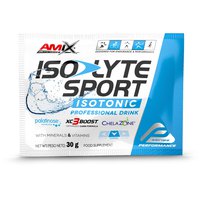
Amix Isolyte Sport 30g Lime&Lemon
1.49 €
-
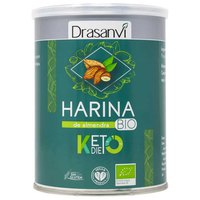
Drasanvi Almond Flour BIO 375 g Keto
10.99 €
-
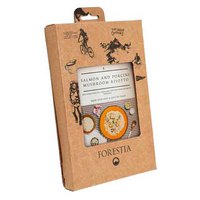
Forestia Salmon And Mushroom Risotto 350g+Warmer Bag
11.99 €
-

B3tter Foods Crunchy Granola 350gr Muesli
5.49 €
-
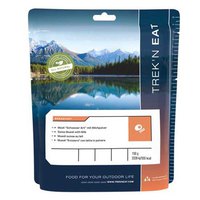
Trek N Eat Swiss Muesli With Milk 150g
6.99 €
-

Forestia Stewed Mediterranean Vegetables With Rice 350g+Warmer Bag
11.99 €
-

Amix Powder Oatmash Mr Poppers 2Kg Wild Berries
13.80 €
-
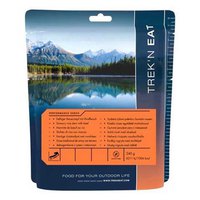
Trek N Eat Rice And Beef Stew Ps1000+
14.49 €
-
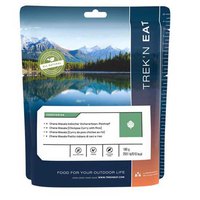
Trek N Eat Chana Masala - Chickpeas 180g
7.99 €
-

Keto Protein Untable 185G
4.98 €
-

Max Protein Mcmania Soft 500g
8.50 €
-

Keto Protein Untable Albaricoque 185G
5.70 €
-

Paleobull Crema 100% Natural Cacahuete 500G
7.48 €
-

Forestia Pesto Pasta 350g+Warmer Bag
11.99 €
-
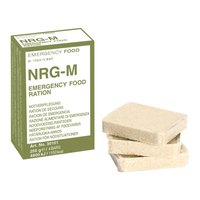
Trek N Eat Emergency Food Nrg-M 250g
8.49 €
-
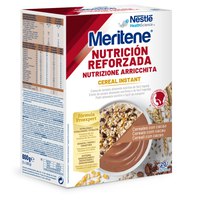
Meritene Cereal Instant 600 gr Instant Puree Cereals With Cocoa
9.99 €
-
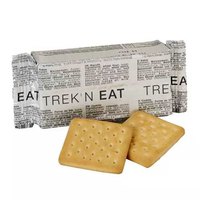
Trek N Eat Cookies 12 Units 125g
2.99 €
-
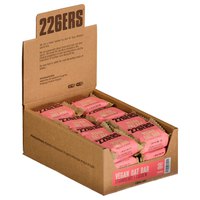
226ERS Vegan Oat 50g 24 Units Strawberry & Cashew Vegan Bars Box
54 €
-
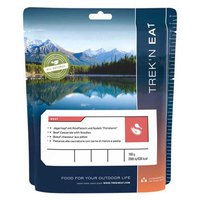
Trek N Eat Beef Stew With Noodles 160g
9.99 €
-

Amix Mr Poppers Oat Mash 2Kg Double Chocolate
13.80 €
-

Vitobest Rice flour Powder 1Kg Maria Cookie
7.20 €
-

Max Protein Top Flavors Oatmeal Bigcrac 1.5kg
9.75 €
-

Max Protein Protein Pops Triple Chocolate 500g
15.65 €
-

Quamtrax Instant Rice Flour Cookie 2kg
12.50 €
-

Quamtrax Instant Rice Flour Vanilla 2kg
12.50 €
-
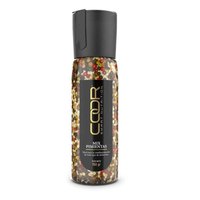
Amix Rock Salt Mix Of Pimientas 320G
9.60 €
-

Quamtrax Instant Rice Flour Chocolate With Hazelnuts 2kg
12.50 €
-

Quamtrax Instant Rice Flour Chocolate 2kg
12.50 €
-

Quamtrax Instant Rice Flour 2kg
12.50 €
-

Amix Ricemash Peanut Cookies 1.5kg
18.49 €
-

Biotech Usa Zero Drops Snacks Tubes Caramel 10 Units Box
6.10 €
-
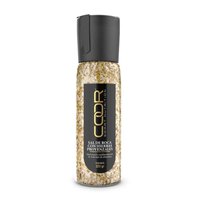
Amix Rock Salt Provencal Herbs 320G
9.60 €
-
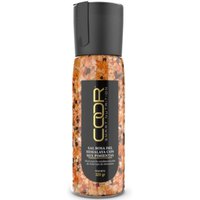
Amix Himalaya Pink Salt Mixes 320G
9.60 €
-

Max Protein Protein Pops Chocolate 500g
15.65 €
-

Quamtrax Instant Rice Flour Brownie 2kg
12.50 €
-

Amix Stevia 500G
10.60 €
-

Biotech Usa Vegan Protein Vainilla Cookies 2kg
64.90 €
-

Paleobull 100% Natural Cream Ambrosía 300 Gr 300 G
9.31 €
-
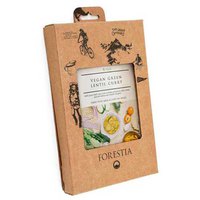
Forestia Vegan Lentil Curry 350g+Warmer Bag
11.99 €
-
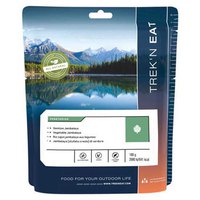
Trek N Eat Jambalaya Vegetables 180g
8.99 €
-

Max Protein Bombitos Flup Dipped Peanuts 450g
10.99 €
-
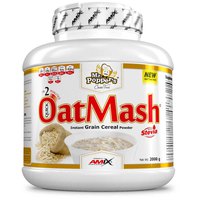
Amix Mr Poppers Oat Mash 2Kg Lime&Yogurt
13.80 €
-

Hsn Sucralose Powder 500G
85.90 €
-
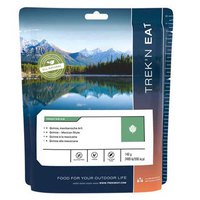
Trek N Eat Mexican Quinoa 140g
9.49 €
-

Amix Rice Mash 1.5Kg White Chocolate
18.49 €
-
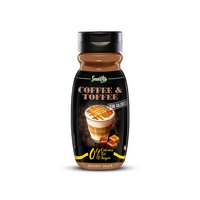
Servivita 0% Coffee-Toffee Sauce 320ml
3.89 €
-
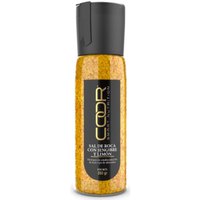
Amix Rock Salt Ginger And Lemon 350G
7.95 €
-

Servivita Salsa 0% Dulce De Leche 320Ml
3.89 €
-
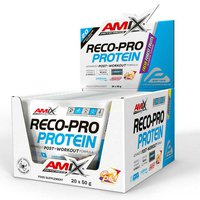
Amix Reco-Pro Recovery 50g 20 Units Forest Fruit
55.49 €
-
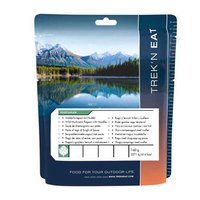
Trek N Eat Ragu Mushrooms And Noodles 160g
8.99 €
-

Trek N Eat Chicken With Vegetables Cream And Rice Ps1000+
14.49 €
-
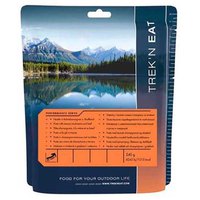
Trek N Eat Pasta With Mushrooms Cream And Beef Ps1000+
12.99 €
-
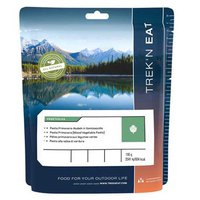
Trek N Eat Spring Pasta 150g
8.49 €
-
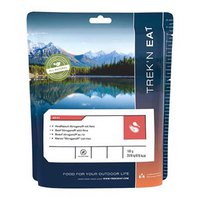
Trek N Eat Beef Stroganof Rice 160g
9.99 €
-
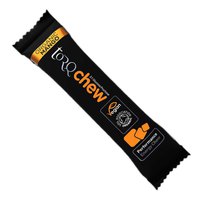
Torq Organic 39g Mango
2.49 €
-
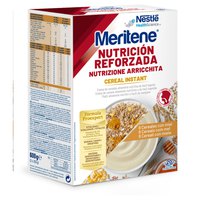
Meritene Cereal Instant 600 gr Instant Puree Cereals With Honey
9.99 €
-

226ERS Keto Butter Almond Nougat 350 g
15.99 €
-
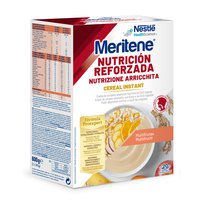
Meritene Cereal Instant 600 gr Instant Puree Multifruit
8.49 €
-
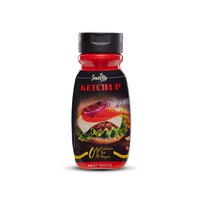
Servivita Salsa 0% Ketchup 320Ml
3.49 €
-

Forestia Beef With Mild Soy Sauce And Curry 350g+Warmer Bag
11.99 €
-
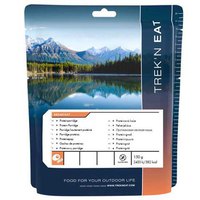
Trek N Eat Porridge 150g
7.99 €
-
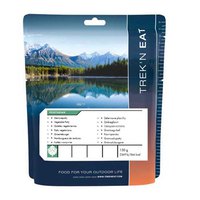
Trek N Eat Veggie Burger 150g
12.99 €
-
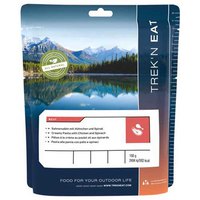
Trek N Eat Pasta With Chicken And Spinach 150g
8.99 €
-
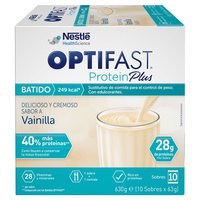
Optifast Proteinplus 10x63 gr Shakes Weight Management Products Vanilla
31 €
-

Drasanvi Lavender Organic Essential Oil Vitaroms 10ml
8.99 €
-

GU Stroopwafel Caramel&Coffee
2.99 €
-

GU Stroopwafel Salted Caramel
2.99 €
-
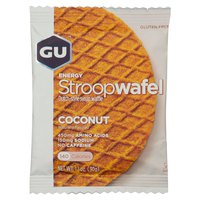
GU Stroopwafel Gluten Free Coconut
2.49 €
-

GU Stroopwafel 16 Units Salted Caramel
40.99 €
-
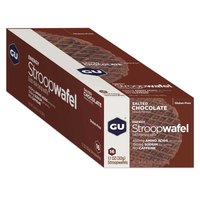
GU Stroopwafel Gluten Free 16 Units Salted Chocolate
48.49 €
-

GU Stroopwafel Gluten Free Salted Chocolate
3 €
-

GU Stroopwafel 16 Units Caramel&Coffee
45.99 €
-
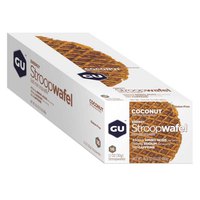
GU Stroopwafel Gluten Free 16 Units Coconut
48.49 €
-
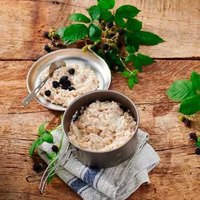
Trek N Eat Breakfast Porridge With Apple Pieces Ps1000+
10.99 €
-

Weider Butter Smooth 1Kg Peanut
11.43 €
-
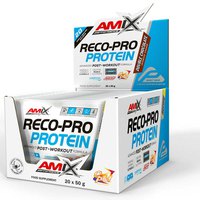
Amix Reco-Pro Recovery 50g 20 Units Double Chocolate
55.49 €
-
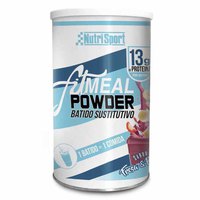
Nutrisport Fit Meal 330gr Strawberry&Banana
15.49 €
-
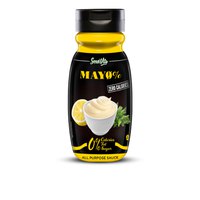
Servivita Salsa 0% Mayonesa 320Ml
3.49 €
-
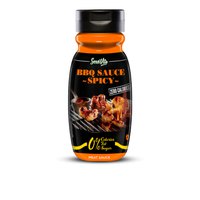
Servivita BBQ Sauce Spicy 0% 320ml
3.49 €
-
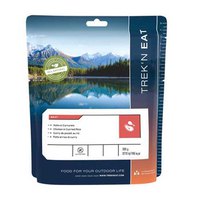
Trek N Eat Chicken Curry With Rice 200g
10.99 €
-
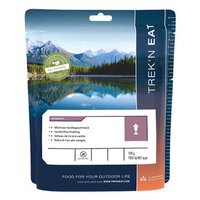
Trek N Eat Rice With Milk 100g
5.99 €
-
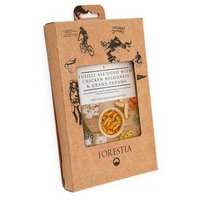
Forestia Egg Fusili With Chicken Bolognese And Grana Padano Cheese 350g+Warmer Bag
11.99 €
-
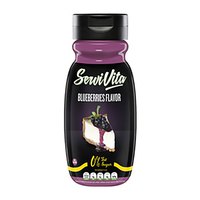
Servivita Blueberries 320ml Zero Sauce
3.49 €
-

Trek N Eat Scrambled Eggs Onion 125g
7.99 €
-

Trek N Eat Risotto With Vegetables 160g
7.99 €
-
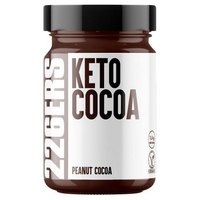
226ERS Keto Butter Peanuts & Cocoa 370 g
9.99 €
-

Max Protein Flupe Rocher 500 Gr
9.99 €
-
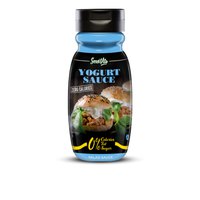
Servivita Salsa 0% Yogur 320Ml
3.49 €
-
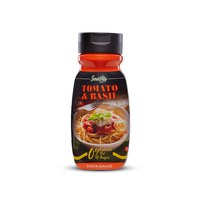
Servivita Salsa 0% Tomate Albahaca 320Ml
3.49 €
-
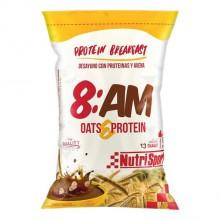
Nutrisport 8AM 650gr Chocolate Muesli
19.99 €
-
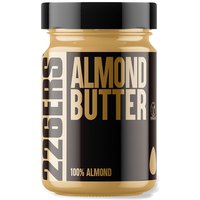
226ERS Almon Butter 320gr
11.99 €
-
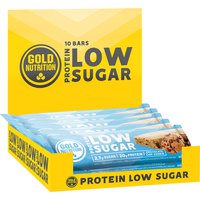
Gold Nutrition Protein Low Sugar 60gr 10 Units Chocolate Chip Cookie
29.99 €
-

Hsn Xanthan Gum Powder 500g
12.90 €
-

Hsn Oat Flour 2.0 1Kg Apple Pie
6.90 €
-

Hsn High Protein Porridge Vegan 3Kg Chocolate
42.90 €
-

Hsn Caramelized Peanut Butter 500g
8.90 €
How to choose healthy butters, powders, flours, legumes, muesli, oats and seeds?
Choosing healthy butters, powders, flours, legumes, muesli, oats, and seeds involves paying attention to factors like ingredients, processing methods, nutritional content, and your specific dietary needs. Here are some guidelines for selecting these items:1. Nut Butters e.g., almond butter, peanut butter:
Ingredients: Look for products with minimal ingredients, preferably just the nuts and maybe a pinch of salt. Avoid added sugars, hydrogenated oils, and artificial additives.
Natural vs. Regular: Natural nut butters may separate and require stirring, but they typically contain fewer additives. Regular nut butters are often stabilized but may have added sugars and trans fats.
Unsalted: Choose unsalted varieties to control your sodium intake.
Consider Alternatives: Explore other nut and seed butters like almond, cashew, or sunflower seed butter for variety.
2. Powders e.g., protein powder, cocoa powder:
Ingredients: Opt for products with a short list of natural ingredients and minimal additives.
Protein Content: For protein powders, check the protein content per serving and ensure it aligns with your nutritional needs.
Flavor and Sweeteners: Consider unsweetened or naturally sweetened options, as some flavored powders may contain added sugars or artificial sweeteners.
3. Flours e.g., almond flour, coconut flour:
Whole vs. Refined: Whenever possible, choose whole grain or nut based flours over refined flours for added nutrients and fiber.
Gluten Free: If you have gluten intolerance or celiac disease, opt for gluten free flours like almond, coconut, rice, or chickpea flour.
Versatility: Consider the type of recipes you plan to make; some flours work better for specific purposes, such as almond flour for baking or coconut flour for thickening.
4. Legumes e.g., lentils, chickpeas, beans:
Dried vs. Canned: Dried legumes require soaking and cooking but are often less expensive. Canned legumes are convenient but may contain added sodium; rinse them to reduce sodium content.
Organic: Organic legumes can be a good choice as they are less likely to contain pesticides.
Variety: Incorporate a variety of legumes into your diet to benefit from different nutrients and flavors.
5. Muesli and Oats:
Ingredients: Look for muesli and oats with whole grains and minimal added sugars. Avoid those with excessive amounts of dried fruits, which can be high in added sugars.
Fiber Content: Choose options with a high fiber content to promote digestive health and satiety.
Gluten Free: If you have gluten intolerance, select certified gluten free oats or muesli.
6. Seeds e.g., chia seeds, flaxseeds, pumpkin seeds:
Raw vs. Roasted: Raw seeds retain more nutrients and healthy fats. Roasted seeds can be delicious but may lose some nutritional value during roasting.
Omega 3 Fatty Acids: Seeds like chia and flaxseeds are excellent sources of omega 3 fatty acids.
Storage: Store seeds properly to prevent them from becoming rancid, typically in a cool, dry place or the refrigerator.
Your specific health and dietary goals will influence your choices. For example, if you´re focused on weight management, you may prioritize items with lower added sugars and healthier fats.
Always read product labels, compare options, and consult with a registered dietitian or nutritionist for personalized guidance, especially if you have specific dietary needs or health concerns. You can buy instant healthy food from 226ERS, Amix, Bigman, Biotech USA, and Born.

























